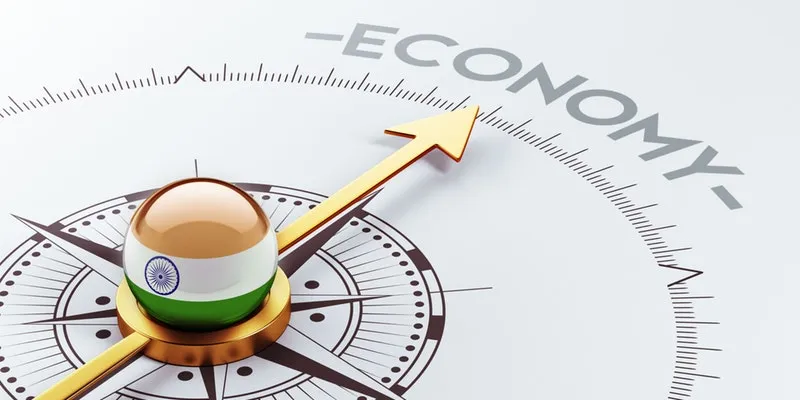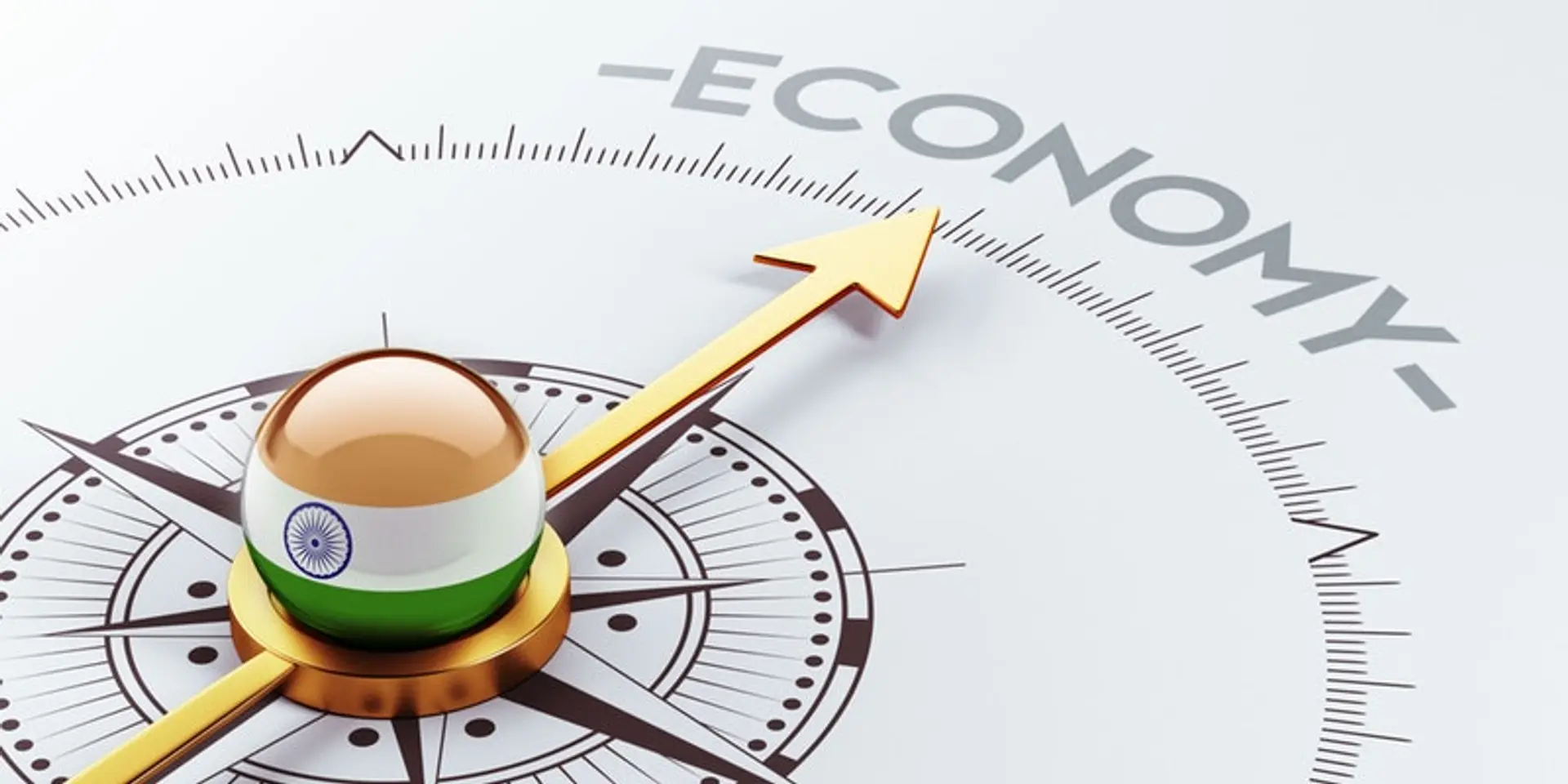How MSMEs are being a catalyst for the Indian economy’s growth
MSMEs are expected to play a significant role in the growth of the Indian economy. The development of this segment is very much essential to meet the national imperatives of financial inclusion and the generation of significant levels of employment across the country.
The Indian economy is characterised as a developing market. The long-term growth prospect is positively owning to the country’s young population, healthy savings, and investment rates, and its increasing integration to the global economy.
The Micro, Small, and Medium Enterprises (MSMEs) segment is expected to play a significant role in the emergence of the Indian economy. The development of this segment is very much essential to meet the national imperatives of financial inclusion and the generation of significant levels of employment across the country.

The MSME segment accounts for 31 percent of India’s GDP and 45 percent of exports. There are an estimated 55.80 million MSMEs employing close to 124 million people. Out of this, 14 percent are women-led enterprises and 59.5 percent are in the rural areas. Hence, the sector has the scope for acting as a catalyst for economic growth across the geographic, social, and cultural strata of the country.
Many developed and developing economies have demonstrated that the MSME segment is the catalyst for maintaining growth and employment generation, which provides stability during economic downturns. As a catalyst for socio-economic transformation of the country, the sector is critical in meeting the national objectives of generating employment and discouraging rural-urban migration.
The MSME sector is the backbone for high growth businesses, and with the ‘Make in India’ initiative, it has an effective impact in the area of indigenisation. ‘Make in India with zero defect and zero effect’ is a very good platform available for MSMEs to grow globally.
The new era of MSMEs should enable the development of a business ecosystem that will enable and continuously support businesses, which will gear up to deliver the right product, the right quality, the right solution, and the right service at a competitive price, both in domestic and international markets.
The ‘Digital India’ revolution also provides a wonderful opportunity to promote MSME participation in the high-tech sector to enable the dream of digital India.
The three main features affecting the growth of Indian MSMEs are:
Availability of finance
The appetite for debt finance to MSMEs is around Rs 69.3 trillion, out of which a major portion of 84 percent or Rs 58.4 trillion is met from informal sources. Among the formal sources which meet 16 percent of the credit requirement of MSMEs, Scheduled Commercial Banks account for 84 percent, with the rest met by other financial institutions like NBFCs, RRBs, etc.
The gap in the availability of finance to MSMEs from formal sources is prominent among certain geographies and type of enterprise. The credit gap is 49.7 percent in the manufacturing sector as they are more capital intensive with longer working capital cycles and have a proportionately higher credit requirement. The Low Income States (LIS) and North Eastern States (NES) together account for 24.2 percent of the credit gap due to low level of bank penetration and a higher degree of risk aversion by financial institutions.
The documentary requirements, legal formalities, and other credit assessment process for availing credit from formal financial institutions is the deterrent, which drives away the MSMEs, and in particular the micro-enterprises towards the informal sector for credit. The recovery mechanism under the formal sector is not as strong as the system available with the informal sector, which acts as a hurdle for the formal financial institution to tap the credit gap further.
Lack of formal registration
Out of the total 55.8 million MSMEs, only 8.2 million are registered MSMEs and the rest 47.6 million are un-registered MSMEs. Given the above scenario, the first and foremost challenge in addressing the hurdles faced by MSMEs is to bring all the un-registered MSMEs into the formal fold, so as to make them eligible for a bouquet of benefits. The un-registered nature of the MSMEs also acts as a deterrent for their access to credit from formal lending sources.
Competitive market environment
MSMEs function in a highly competitive environment and require an enabling environment to sustain growth. The three main interventions that can provide the enabling environment are- legal and regulatory support, government support, and financial infrastructure support. The government is taking a slew of measures to provide adequate support in these areas like the proposal to bring the change in the definition of MSMEs, the introduction of Pradhan Mantri Mudra Yojana (PMMY) for enabling hassle-free credit to MSEs, enabling e-marketplace for MSMEs, two percent Interest Subvention Scheme, introduction of TReDS platform for discounting of bills, conduct of loan melas, restructuring the loans of stressed MSMEs, etc.
The MSME sector strategically has become the most important sector fuelling the economic growth of the country. The sector is slated to gain even greater prominence in the days to come owing to its potential for employment generation.
It is also the bedrock from which large corporate of the future evolves. Hence, it is imperative for all the formal financial institutions to progressively reach out to the large extent of MSMEs untouched by these institutions.
The MSMEs accessing finance from informal sources should also upgrade their profile to fall into the ambit of formal financial institutions, thereby making them eligible for credit from these institutions. This would reduce the credit cost of these MSMEs and increase their profits, thereby enabling development, reducing disparities, and fuelling the economic progress of the country.
(Disclaimer: The views and opinions expressed in this article are those of the author and do not necessarily reflect the views of YourStory.)









